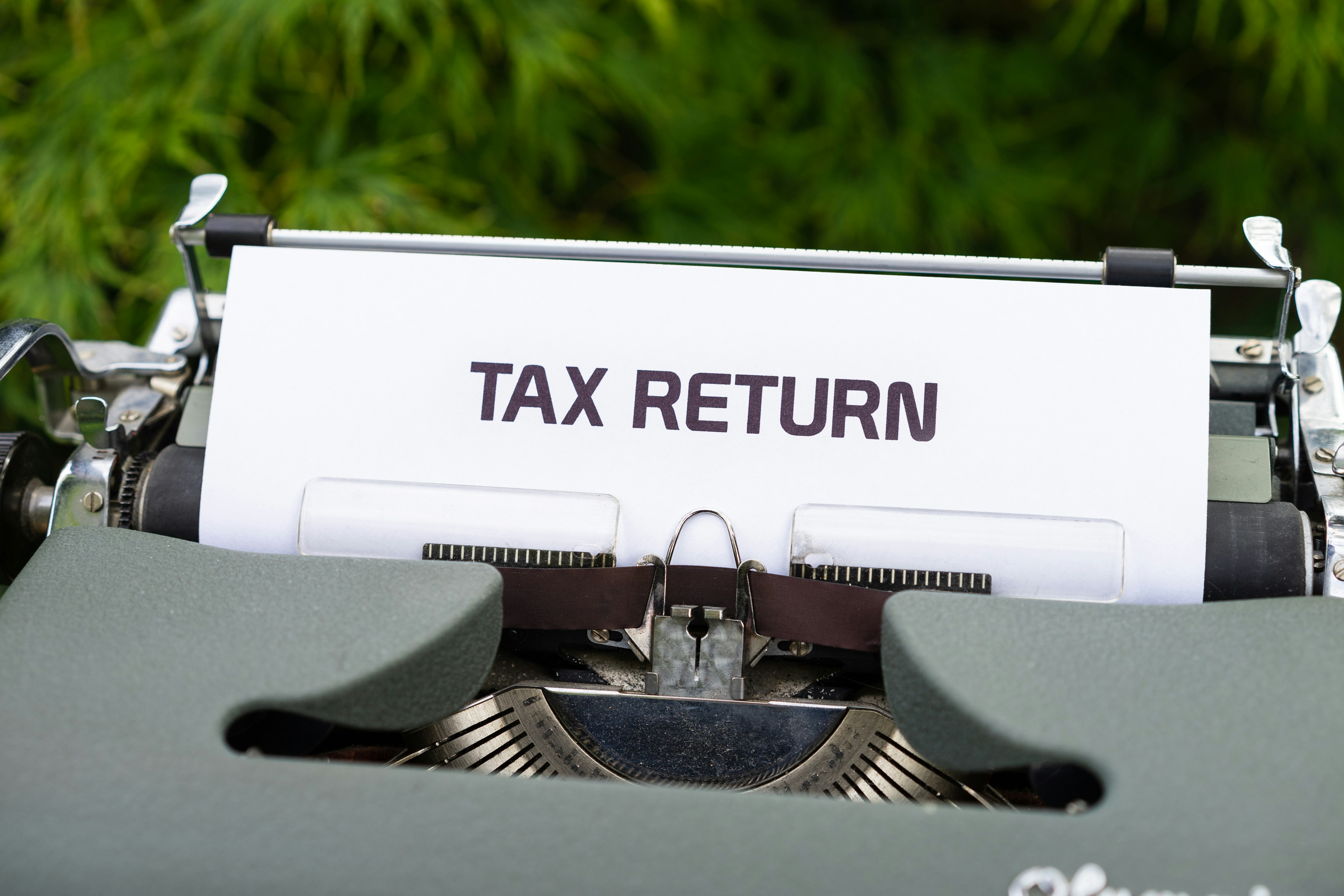Have you recently received a P800 form from HM Revenue and Customs (HMRC) and are left wondering what it means for you? Understanding the P800 tax refund process can seem challenging, but you’re in the right place to demystify it. This guide will take you through the steps to help you claim a P800 tax refund with ease. We’ll go over what this form signifies, how to interpret it, and most importantly, how to ensure you receive any money owed to you.
What is a P800 Tax Form?
The P800 is a form issued by HMRC that informs you of any tax overpaid or underpaid during a tax year. It’s crucial to know what this document is so you can navigate it effectively. Essentially, a P800 form is HMRC’s way of reconciling your tax accounts after the end of a fiscal year. This form is typically generated if you’ve paid too much or too little tax.
Why You Might Receive a P800
Receiving a P800 usually means HMRC has reviewed your tax details and identified an anomaly. This could happen for several reasons: changes in employment, shift in income levels, error in tax code, or switching tax brackets. Understanding why you received a P800 can help clarify if you’re owed a tax refund or owe additional tax.
How to Interpret Your P800 Form
Upon receiving a P800 form, the first step is to thoroughly examine its contents. This understanding can empower you to properly address any issues.
Key Details in a P800 Form
Your P800 form will show:
- Income and Tax Deductions: Details about your taxable income and any tax deducted from it.
- Adjustments: Modifications to previous tax calculations, including any benefits you’ve received or expenses claimed.
- Calculation Summary: An overview that outlines whether you’ve overpaid or underpaid taxes.
By closely reviewing these sections, you can identify discrepancies or affirm the calculations presented by HMRC.
What to Do If You’re Owed a Refund
If your P800 form indicates a tax overpayment, you’ll naturally be eager to claim your tax refund. Fortunately, the process to claim what’s rightfully yours is relatively straightforward.
Steps to Claim Your Refund
- Check the Details: Verify the accuracy of all information on the P800, including income, tax code, and deductions.
- Visit the HMRC Website: The quickest way to claim your refund is through the official HMRC portal. They typically provide a secure online method to submit your claim.
- Provide Necessary Information: Ensure you have your bank account details ready for direct deposit of the refund to streamline the process.
Alternative Methods
If online submission isn’t feasible, you can request a paper check. Keep in mind this might take longer, but it’s a viable option for those who prefer physical documentation.
What to Do If You Owe Additional Tax
Occasionally, you might discover that you’ve underpaid your taxes. While this can feel stressful, it’s important to address it promptly.
Paying Your Tax Bill
- Review Your Finances: Confirm the P800 form’s accuracy to ensure the additional payment request is warranted.
- Contact HMRC: If you’re facing financial hardship, reach out to HMRC to discuss possible payment arrangements.
- Set Up Payment Plans: Consider setting up a direct debit or partial repayment plan to manage payments over time.
Avoid Future Underpayments
Review your tax code and ensure it’s appropriate for your situation. Sometimes, incorrect codes lead to underpayment, so keeping this updated can prevent future issues.
Common Reasons for Receiving a P800
Understanding common reasons behind the issuance of a P800 can prepare you better for future situations. Let’s explore why these forms are sent out.
Income Changes
If you’ve changed jobs, had promotions, or salary adjustments, these changes may affect how your taxes are withheld through PAYE (Pay As You Earn), leading to a P800 form if miscalculations occur.
Benefits and Allowances
Changes in benefits or allowances not recorded correctly can cause discrepancies. Make sure all benefits like pensions and student loans are accurately reflected in your tax records.
Deductions and Expenses
Misreported expenses and deductions can create variances in your taxable income. Keeping track of these and ensuring they’re correctly reported is crucial.
How to Avoid P800 Issues in the Future
Preventive measures can help avoid the confusion of a P800 in the future. Here’s how you can make sure your tax affairs remain stress-free.
Regularly Check Payslips and Tax Code
Being proactive in examining your payslips and comparing them with your expected tax code can alert you to discrepancies before they become larger issues. Contact your HR department or HMRC if you notice inconsistencies.
Keep Your Information Updated
Ensure that both your employer and HMRC have your current address, job status, and income details. Any lapses in this information may result in an inaccurate tax situation.
Utilize an Accountant
If your tax situation is complex or you simply want peace of mind, consulting an accountant could be beneficial. They can provide professional oversight to ensure everything aligns correctly.
Frequently Asked Questions about P800 Tax Refunds
Even with a thorough guide, you might still have questions. Here we address common queries to provide further clarity.
What Should I Do if I Disagree with My P800?
If you believe there’s an error, contact HMRC promptly. They can guide you on steps to amend any inaccuracies. Keep detailed records of your income and communications as evidence to support your claim.
Can I Challenge HMRC’s Decision?
Yes, you can challenge HMRC’s calculations. It’s important to provide adequate proof such as payslips and other documentation to substantiate your claims.
Is There a Deadline for Claiming My Refund?
While there’s typically no stringent deadline, it’s advisable to address P800 forms promptly to avoid complications or additional interest on taxes owed.
Conclusion
Navigating the P800 tax refund process can initially seem overwhelming, but with the right knowledge and steps, you can manage it efficiently. Whether you’re owed a refund or owe taxes, understanding your P800 form and acting accordingly is key. Regularly reviewing your tax situation, keeping detailed records, and communicating with HMRC as necessary can help ensure that your tax matters stay in good order.
Taking charge of your financial affairs not only gives you peace of mind but also ensures that you aren’t missing out on potential refunds or overpaying taxes. The journey through taxation processes can be complex, but now, equipped with this information, you’re well-prepared to handle a P800 tax refund like a pro.



